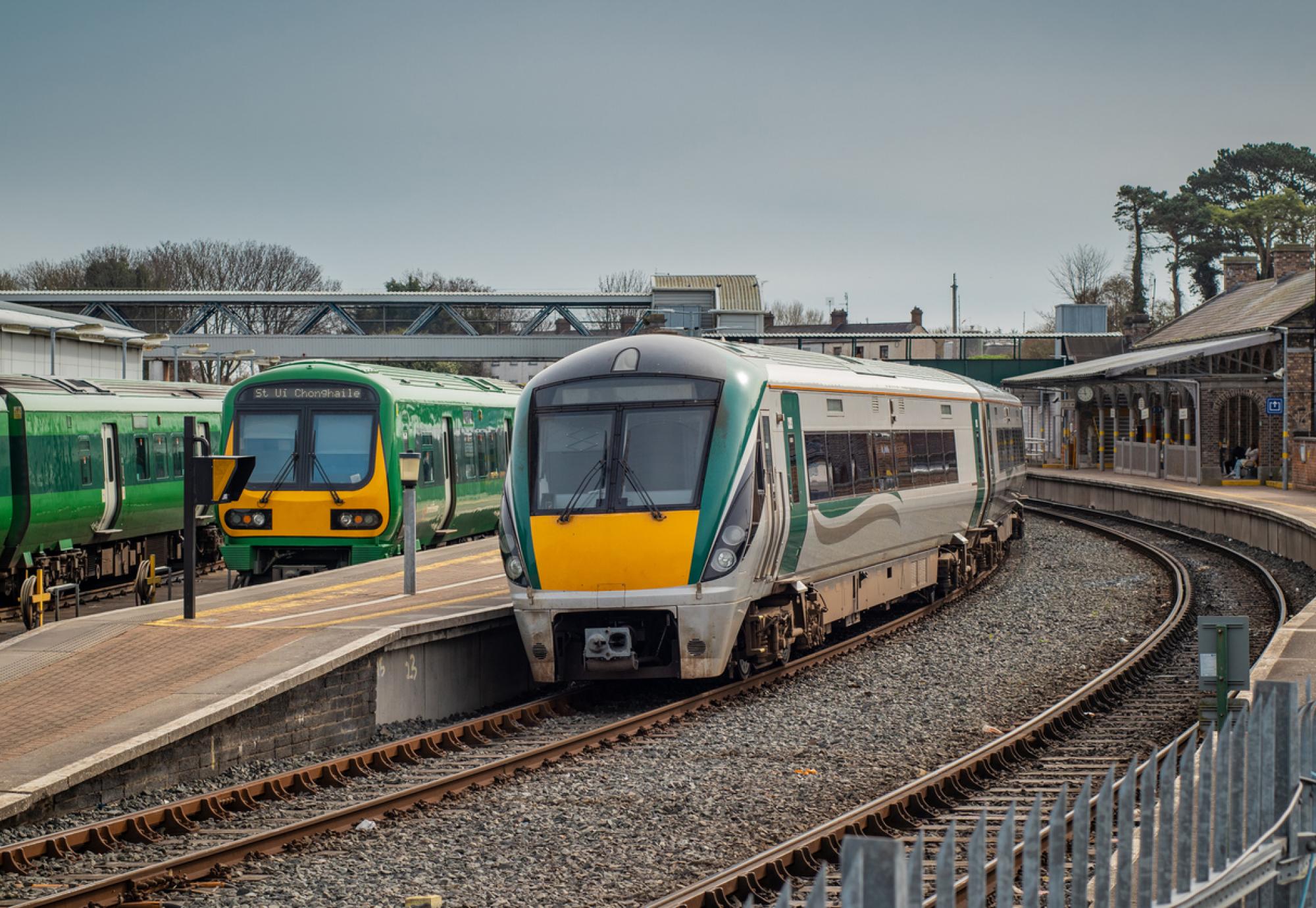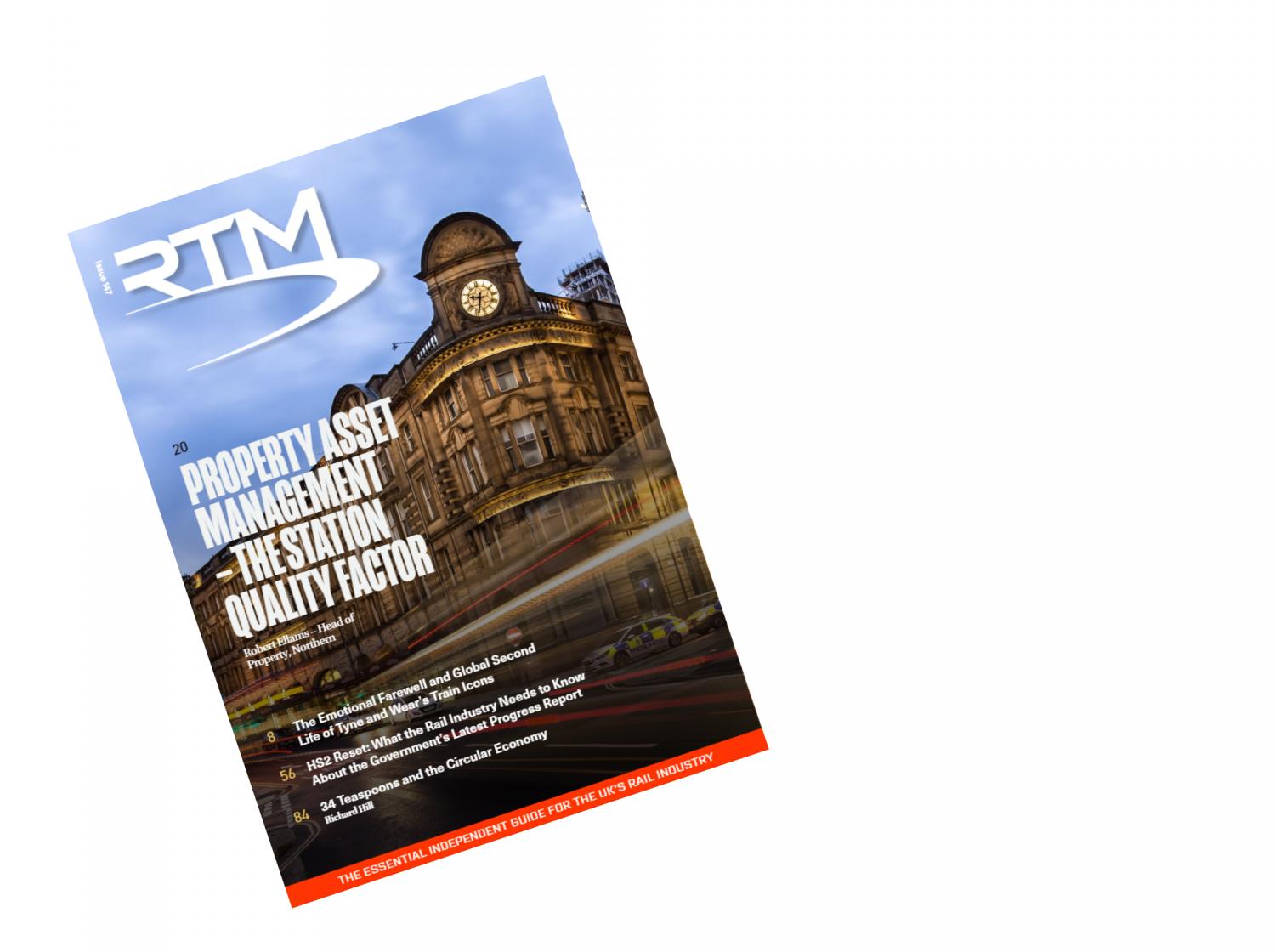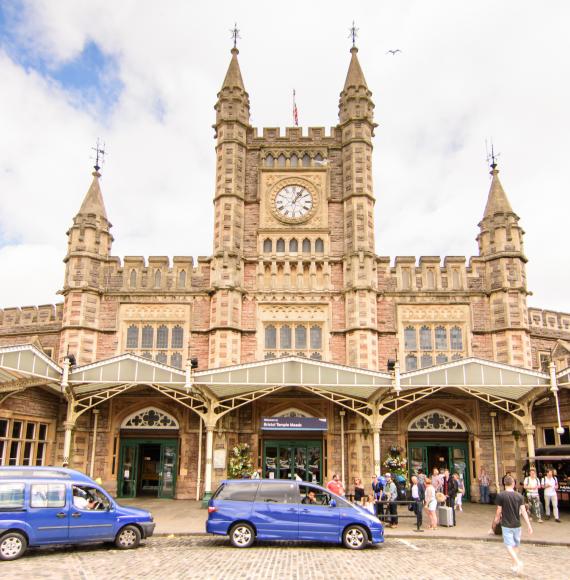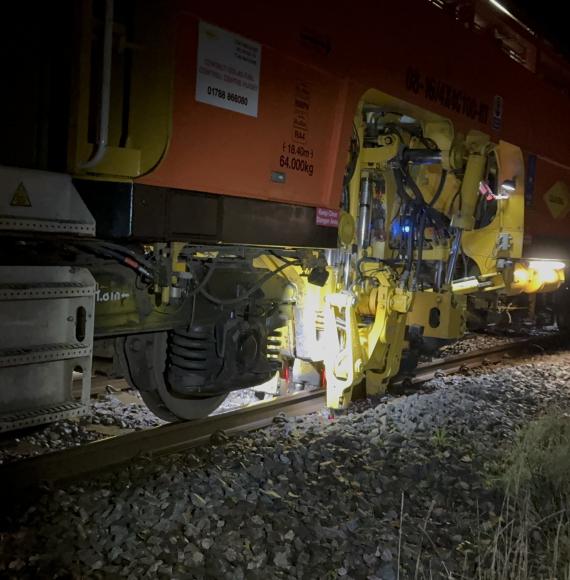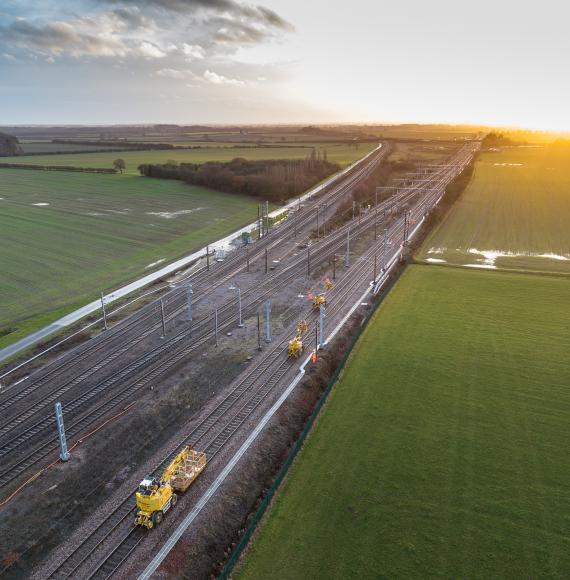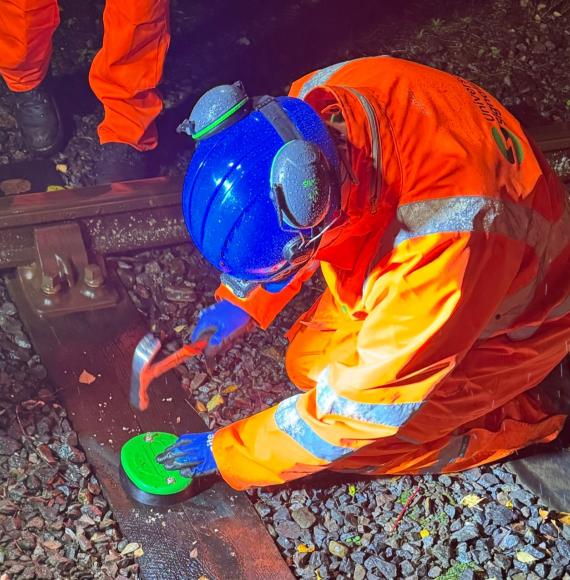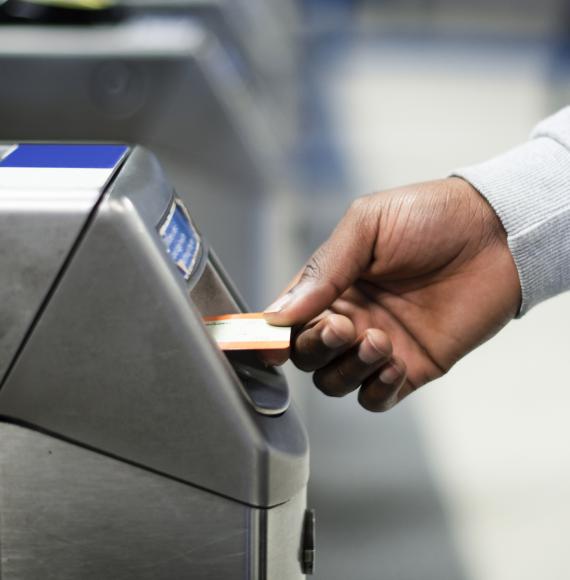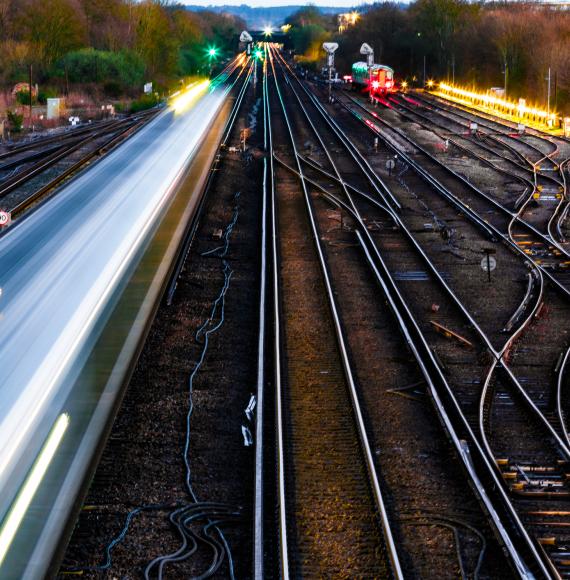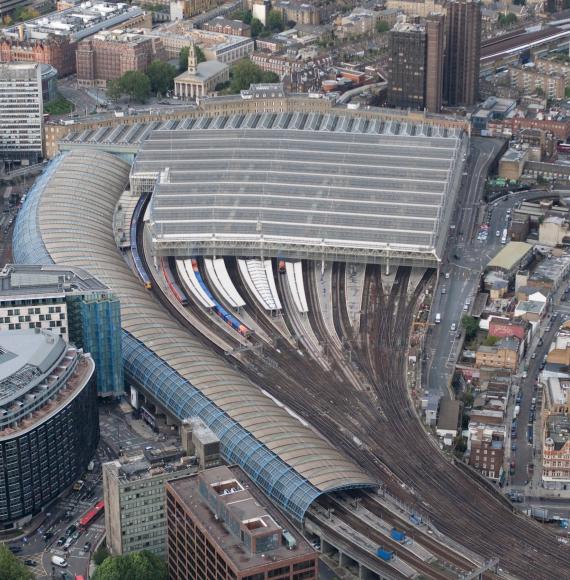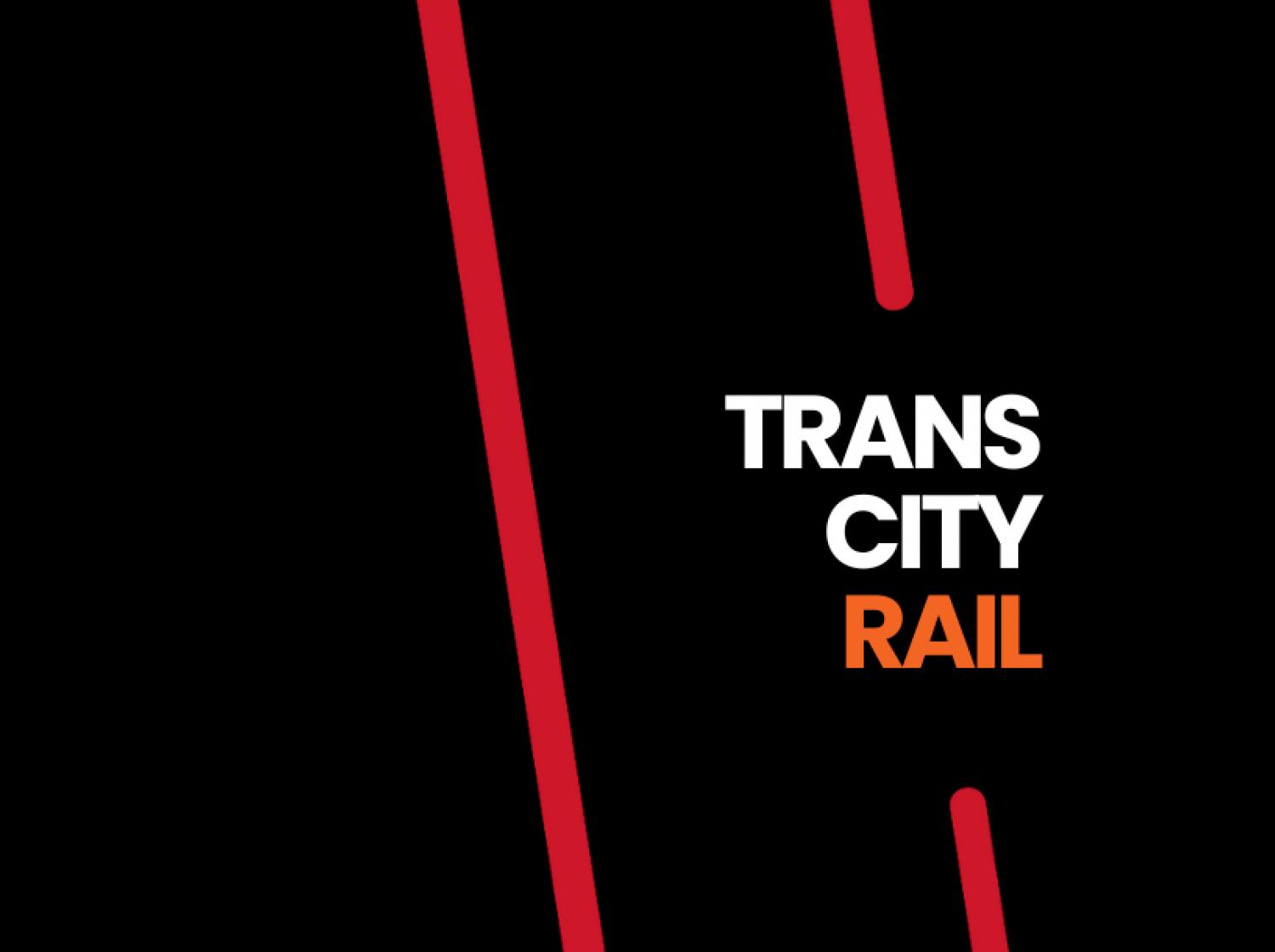A comprehensive review of railway infrastructure on the island of Ireland has recommended against the introduction of high-speed rail between its biggest cities.
The All-Island Strategic Rail Review for 2024 said that the benefits of a new, fully segregated 300km/h high speed network would be “significantly outweighed” by the costs.
The report stated that “there are diminishing economic returns in targeting speeds above 200km/h” given the distance between the island’s main population centres.
Findings also suggested that construction of such a network may generate more carbon than would be offset through attracting more customers to the railway, creating a net increase in carbon emissions.
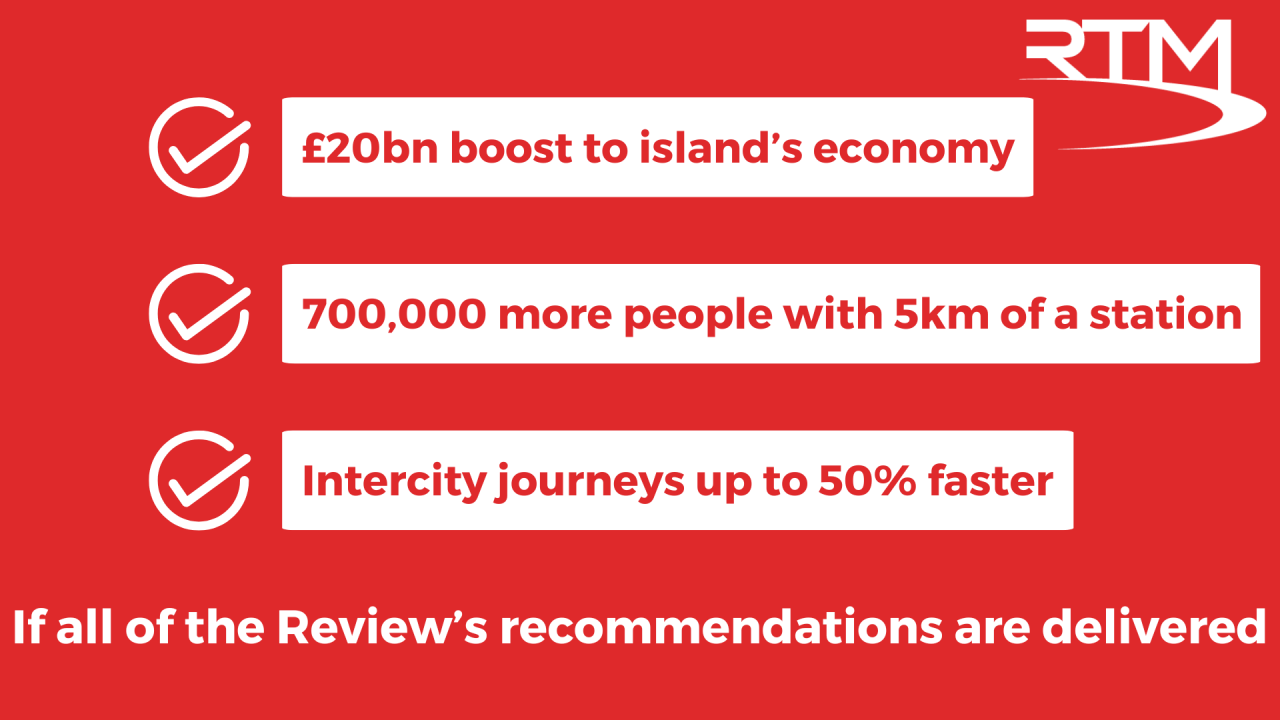
However, the report did present several alternative solutions to boosting capacity on the Irish rail network, including upgrading the core intercity network to speeds of up to 200km/h. This could be achieved by upgrading the condition of existing track, signalling and rolling stock, as well as through separating intercity and regional services from other services.
Elsewhere, the review recommended upgrading the cross-country rail network to dual-track or even four-track railway in places to boost capacity for intercity services.
Meanwhile, the report proposed short sections of new railway on congested corridors, including Belfast-Lisburn-Newry and Dublin-Drogheda.
Capacity on the Irish rail network is around half of its size at its peak, with the decommissioning of several lines throughout the 20th century. A public consultation revealed significant stakeholder interest in reopening abandoned railways to improve connectivity in poorly served parts of the island.
Both jurisdictions on the island of Ireland are also working to a target of net zero emissions by 2050. The rail network on the island remains heavily reliant on diesel traction, and the review presents several strategies to help meet the environmental targets.
Possible solutions include the expansion of OLE, with only around 50 kilometres of the island’s railway currently electrified. Plans are already in place to boost this figure to 150 kilometres, but this would only account for 5% of the rail network.
The report also suggests there may be a future for battery electric trains, although it suggests that these are currently only suitable for short-distance journeys. It also indicates that hydrogen technology may be able to support longer-distance services if solutions for hydrogen production and storage can be found.
If all of the recommendations from the Review are delivered, 80% of train kilometres on the island would be delivered by electric trains, while the carbon footprint of a passenger journey could be 80% lower than an equivalent journey performed by an electric vehicle.
Image credit: iStock

